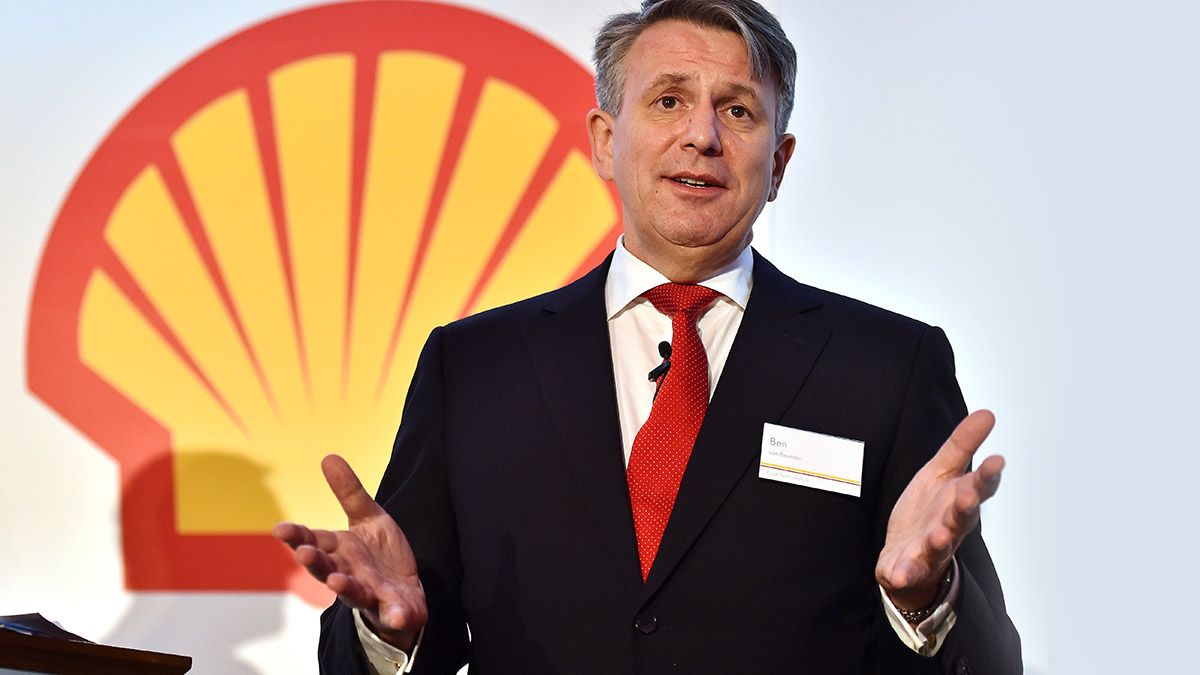The start of December saw Royal Dutch Shell’s (RDSB.L) share price spike 4% on news that OPEC was to cut oil production by 1.2 million barrels. Brent hit $63 a barrel, while Canadian Crude gained 70%. Yet Brent prices have already retreated to pre-meeting levels and the outlook for 2019 is far from positive.
Shell has also agreed to tie carbon emission reduction targets to executive pay after pressure from shareholders.
“Investors are increasingly concerned over environmental and social metrics like carbon emissions,” David Cummins of Aviva Investors told the BBC.
Shell plans to reduce its footprint by 20% in 2035, and potential investors will be sensitive to any news that the company is not meeting this commitment. At May’s four-hour AGM, half the questions from shareholders related to climate change.
“Investors are increasingly concerned over environmental and social metrics like carbon emissions” - David Cummins, Aviva Investors
What’s been happening with Shell’s share price?
Shell’s share price started the year at 2,500 before falling to 2,201 by mid-March as weakening oil prices and a corruption trial in Italy took their toll. The price then rallied over the summer, in line with rising oil prices, before topping out at 2,705 in early October when Brent hit $86 a barrel. But as oil prices have fallen, so has the stock, despite strong third-quarter earnings results. Shares in Shell closed Friday’s session at 2,258, down almost 8% from the start of the year.
Shell makes progress paying down debt
Shell reported its highest earnings numbers for four years in Q3 as cash generation hit $12.1 billion, a whopping 60% increase from the same time last year. Driving these results were rising oil prices and its ability to pay down debt.
After 2016’s takeover of BG Group for $50 billion, total debt increased to an eye-watering $80 billion. To reassure investors, Shell announced that it would divest $30 billion worth of assets by the end of 2018. As of Q3, Shell has managed to unload $28 billion worth of underperforming assets. However, Shell’s debt to capitalisation ratio – otherwise known as gearing – remains stubbornly high at 23.1%.
| Income attributable to shareholders % change, Q3 YoY | +43% |
| Share price performance YTD | -13.5% |
| Market cap | £199.20bn |
| PE Ratio (TTM) | 8.94 |
Shell stock vitals, Yahoo finance, as at 18 December 2018
Share buyback scheme
In July, Shell launched a share buyback scheme. Over the first 3 months, the company purchased $2 billion of its own shares, with the goal of repurchasing $25 billion worth by 2020. Investors usually look out for buybacks as a signal that a company is confident in its own growth potential. However, the July announcement was overshadowed by lower-than-expected Q2 profits that triggered a 3% drop in the share price.
2019 oil price volatility
Morgan Stanley forecasts Brent Crude will fall to $64.50 a barrel in 2019, slashing $10 off its previous prediction. S&P Global Ratings has forecast a rise to $65, followed by a drop to $55 as aggregate production continues to grow.
However, analysts are far from forming a consensus. Bank of America Merrill Lynch expects Brent to regain recent losses and settle at $70 next year.
For investors concerned about the volatility of oil markets, the International Energy Agency (IEA) has anticipated a floor of $60 a barrel for 2019.
Is there opportunity in Shell’s stock?
UBS has picked Shell as one of its top shares for 2019. All the stocks on the firm’s list have high earnings per share and Shell’s comes in at a sizeable 277 EPS (TTM), with a PE of 8.94 that is lower than other market players.
Over the last 5 years – which includes a time when Brent was trading for just under $30 a barrel – Shell’s share price has increased by 14%. Then there are the dividends: since the end of World War Two, Shell has always made a dividend payment. With a current yield of 6%, it looks to offer a steady source of income.
14%
Shell share price increase over last five years
There is also still growth in oil markets, with the IEA predicting global consumption to increase from 1.3 million barrels per day to 1 4 million in 2019.
Oil and energy firms are also worth considering for investors looking for FTSE 100 stocks that are insulated against Brexit. Shell is less susceptible to fluctuations in the pound as it operates in dollars, while the price of oil is largely determined by global supply, not the state of the UK economy.
Continue reading for FREE
- Includes free newsletter updates, unsubscribe anytime. Privacy policy





